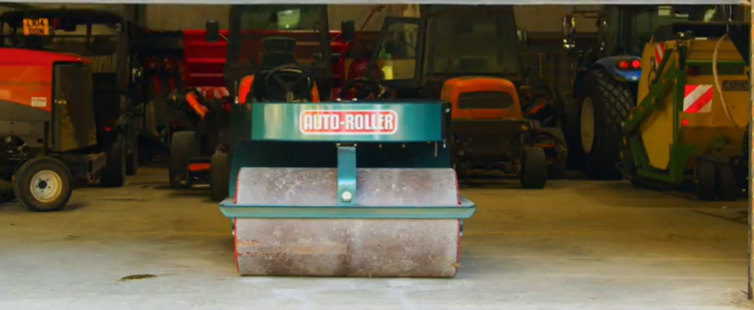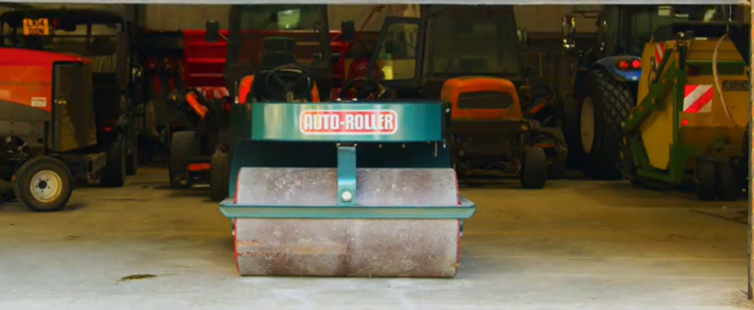Provision and Use of Work Equipment
Work Equipment
Work equipment can be defined as: any machinery, appliance, apparatus, tool, or installation for use at work. The use of work equipment is also very widely interpreted and can be described as: any activity involving work equipment and includes starting, stopping, programming, setting, transporting, repairing, modifying, maintaining, servicing, and cleaning.
Many injuries are caused by poor interaction with work equipment. Many are minor, some are life changing and some are fatal, but all can be avoided if work equipment is used correctly.
Selection
It is important to ensure that when providing work equipment by purchasing, hiring, borrowing etc, the selection is appropriately considered, it must be:
- suitable for the intended use
- safe for use
- used only by people who have received suitable and sufficient information, instruction, and training
- accompanied by suitable health and safety measures, such as protective devices and controls. These will normally include guarding, emergency stop devices, adequate means of isolation from sources of energy, clearly visible markings, and warning devices.
Selection can be guided by addressing the requirements of your risk assessment and method statements.
When providing mobile work equipment, you must ensure that:
- where employees are carried, the equipment is suitable for that purpose
- the risks from rolling over are minimised, and any person being carried is protected in the event of fall or rollover. This should include protection against crushing, through the provision of a suitable restraint and a rollover protection system
- self-propelled equipment can be controlled safely with braking devices, adequate driver vision and, where necessary, lighting
- measures are taken to prevent any risks from drive shafts that power accessories attached to mobile work equipment (such as power take offs (PTOs) on tractors), by using adequate guards.
You must also check it:
- has appropriate conformity marking and is labelled with the manufacturer's details
- comes with a Declaration of Conformity
- is provided with instructions in English
- is free from obvious defects – and that it remains so during its working life
Maintenance
Work equipment must be maintained in a safe condition and inspected to ensure it is correctly installed/used and does not subsequently deteriorate. This may include:
- periodical maintenance, as per the manufacturer’s recommendations, this must be conducted by a suitably skilled and trained person
- all servicing should be recorded (maintenance log)
- frequent inspections such as
- pre-use checks
- checks following an incident or failure of part of the work equipment
- if you suspect a fault or the equipment is not working properly
- safety-critical parts of work equipment may need a higher and more frequent level of attention than other aspects,
- breakdown maintenance, undertaken only after faults or failures have occurred.
For more information on maintenance, Click here
Note: Before undertaking any form of maintenance/inspection ensure the equipment is suitably deactivated to prevent it from being inadvertently started. This may require you to de-energise components such as tensioned springs, electric capacitors and hydraulic or pneumatic components.
Pre-Start Checks
It is essential to perform pre-start checks on work equipment, not only to protect the equipment from damage and to make sure they are effective in use, but also to make sure they are in a safe condition to use. Investing just a couple of minutes before the machine leaves the store will save a great deal of time and money later on, it can also protect people from harm.
Never assume that because a machine was in a good and safe condition when it was last used that it will be so the next time it is used.
An operator’s manual should be obtained for all work equipment, this should include recommended pre-start checks as well as instructions on safe operation in English.
The following list is generic and not exhaustive but should give you an idea of the types of pre-start checks required.
- general cleanliness, oil can present a fire or slip hazard, grit/dirt/debris can cause damage or even inadvertently get stuck in moving parts
- security of moving parts
- leaks – engine oil/hydraulic oil/fuel/coolant/grease
- security and general condition of electrical wiring and cables
- correctly functioning controls and switches
- attachments are securely fastened
- safety mechanisms such as, guards, stops, isolation devices and warning devices (Alarms/Lights) are working.
Risk Assess
Prior to using the work equipment for the first time, you must identify all the hazards it introduces and ensure suitable controls are in place that reduces the risks to an acceptable level.
This means you must:
- ensure that all people using, supervising, or managing the use of work equipment are provided with adequate, clear health and safety information. This will include suitable equipment markings and warnings
- take effective measures to prevent access to dangerous parts of machinery, i.e., fixed guarding but where routine access is needed, interlocked guards. The work equipment provider should ensure these are designed into the equipment. Where this is not possible, it must be protected as far as possible by using a safe system of work
- take measures to prevent or control the risks to people from parts and substances falling or being ejected from work equipment, or the rupture or disintegration of work equipment
- ensure that the risks from extremely hot or cold temperatures from the work equipment or the material being processed or used are managed to prevent injury
- ensure that work equipment is provided with appropriately identified stop/start controls. This should include controls in emergency situations
- where appropriate, provide suitable means of isolating work equipment from all power sources (including electric, hydraulic, pneumatic, and gravitational energy)
- ensure workbench mounted equipment is stabilised by clamping
- take appropriate measures to ensure maintenance operations on work equipment can be conducted safely while the equipment is shut down, without exposing people to unacceptable levels of risk.



 Tweet
Tweet